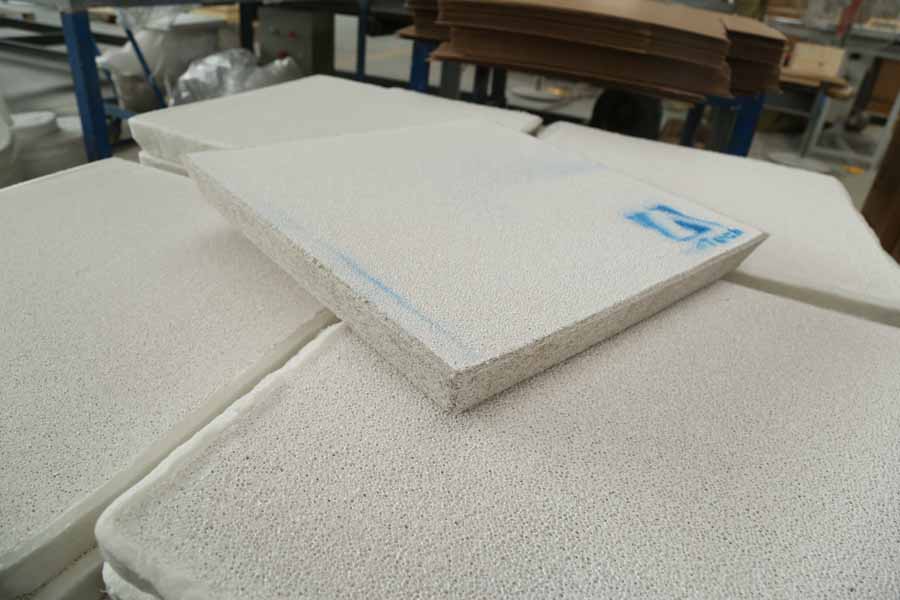
05 8月 Ceramic Foam Filter For Casting
Ceramic Foam Filter For Casting from China with these following informations for the best choice
Foam ceramics are foams composed of ceramics, with porosity as high as 80% to 90%, with tortuous channels and large surface area, which can fully contact with fluids. A lot of research and practice have proved that 0.9), the ceramic foam filter can effectively remove harmful impurities such as inclusions and gases in the metal, and improve the intrinsic quality of the metal.
A lot of practice shows that the use of ceramic foam filters can remove inclusions, improve the structure of castings, improve processing performance, and reduce machining costs.
Improve product qualification rate and mechanical properties.
Placing a ceramic foam filter in the gating system can reduce the content of non-metallic inclusions.
Aviation Engine and Wheel Company uses ceramic foam filters to produce magnesium alloy castings. If ordinary filtering methods are used, the qualification rate of high-standard castings does not exceed 40%. After the use of ceramic foam filters, the qualification rate increases to more than 70%-95%.
Ceramic Foam Filter For Casting please contact sales@adtechamm.com

Problems that should be paid attention to in use
1. Initial pressure head
For the metal melt to pass through the pores of the filter, it needs to overcome the surface tension, flow along the way and local flow resistance. It must have a certain initial pressure head, otherwise it will be difficult to achieve filtration.
2. Temperature
In the initial stage of filtration, the filter must absorb the heat of the molten metal, so the molten metal needs a certain degree of superheat, and the filter also needs to be preheated.
3. Cross section of runner
In order not to affect the normal filling, the cross-sectional size of the runner where the Ceramic Foam Filter For Casting is placed should be appropriately enlarged, and the filter should be dug into a bell mouth before and after.
4. Tightness
The connecting edge of the filter and the mold should be sealed. If there is a slight gap here, most or all of the liquid may flow away from the gap without passing through the filter. Adtech ceramic filter plates use paper edges, cotton edges, and expanded cotton edges as Sealing material.
5. Filtration accuracy
The finer and thicker the pore size of the filter, the higher the accuracy of the filtration, but the problem of plugging is prone to occur.
6. Filter traffic
The filtration flow rate is proportional to the through-hole rate of the filter. With a filter, the large particles in the metal melt have a blocking effect on the pores of the filter and the surface tension of the large non-wetting particles will change the melt flow rate. Small, cause plug hole in severe cases.


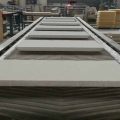
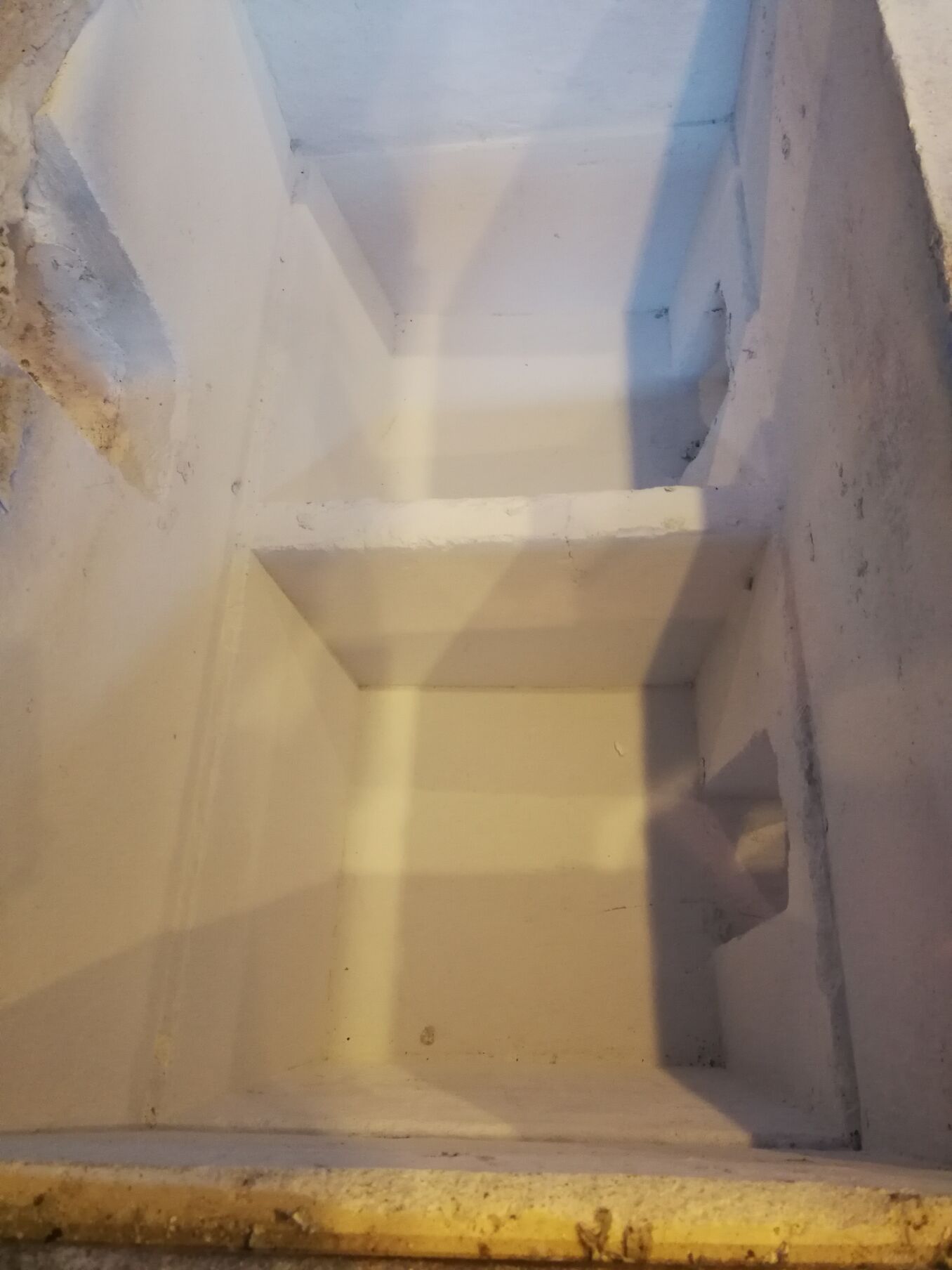
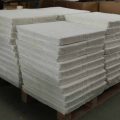
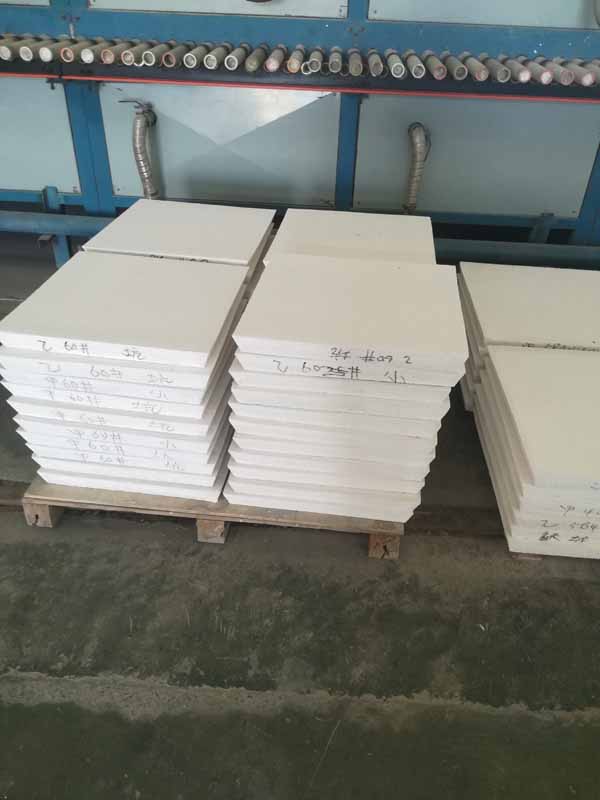
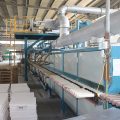
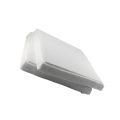
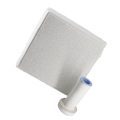
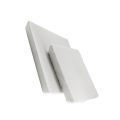
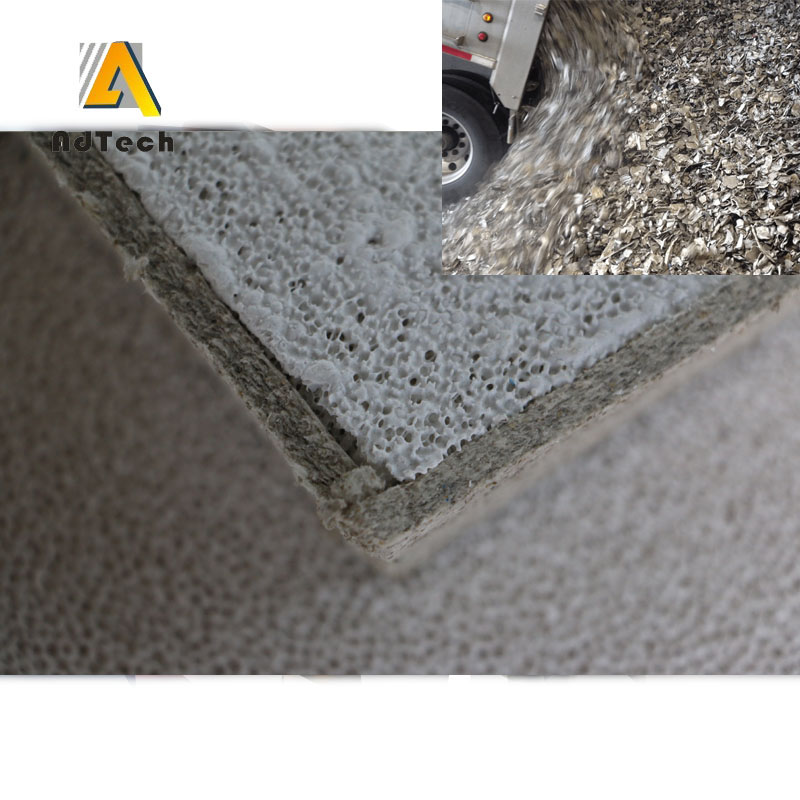
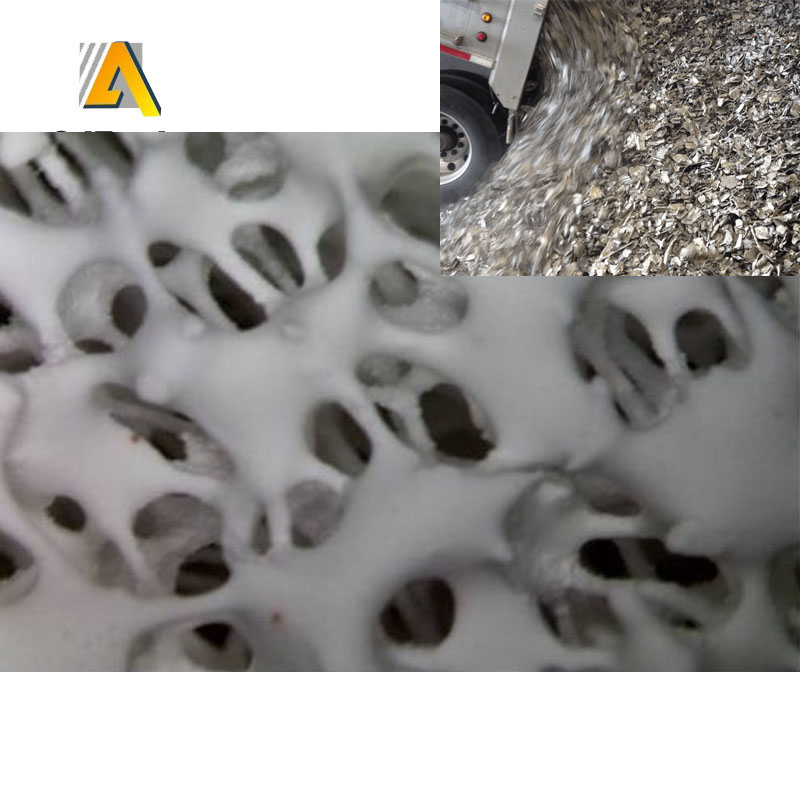
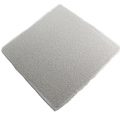
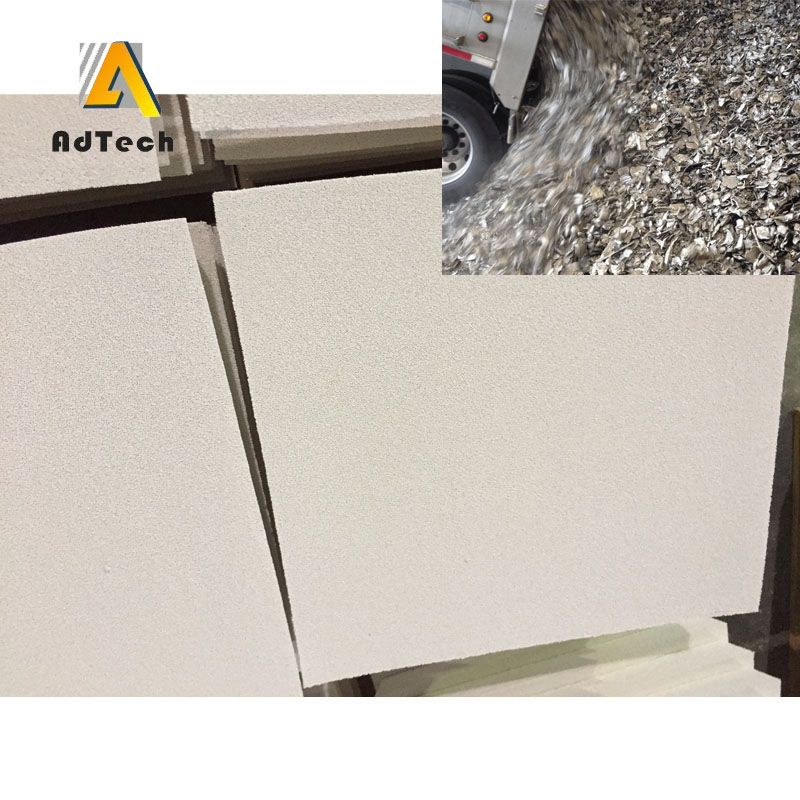
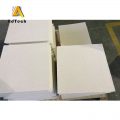
Sorry, the comment form is closed at this time.